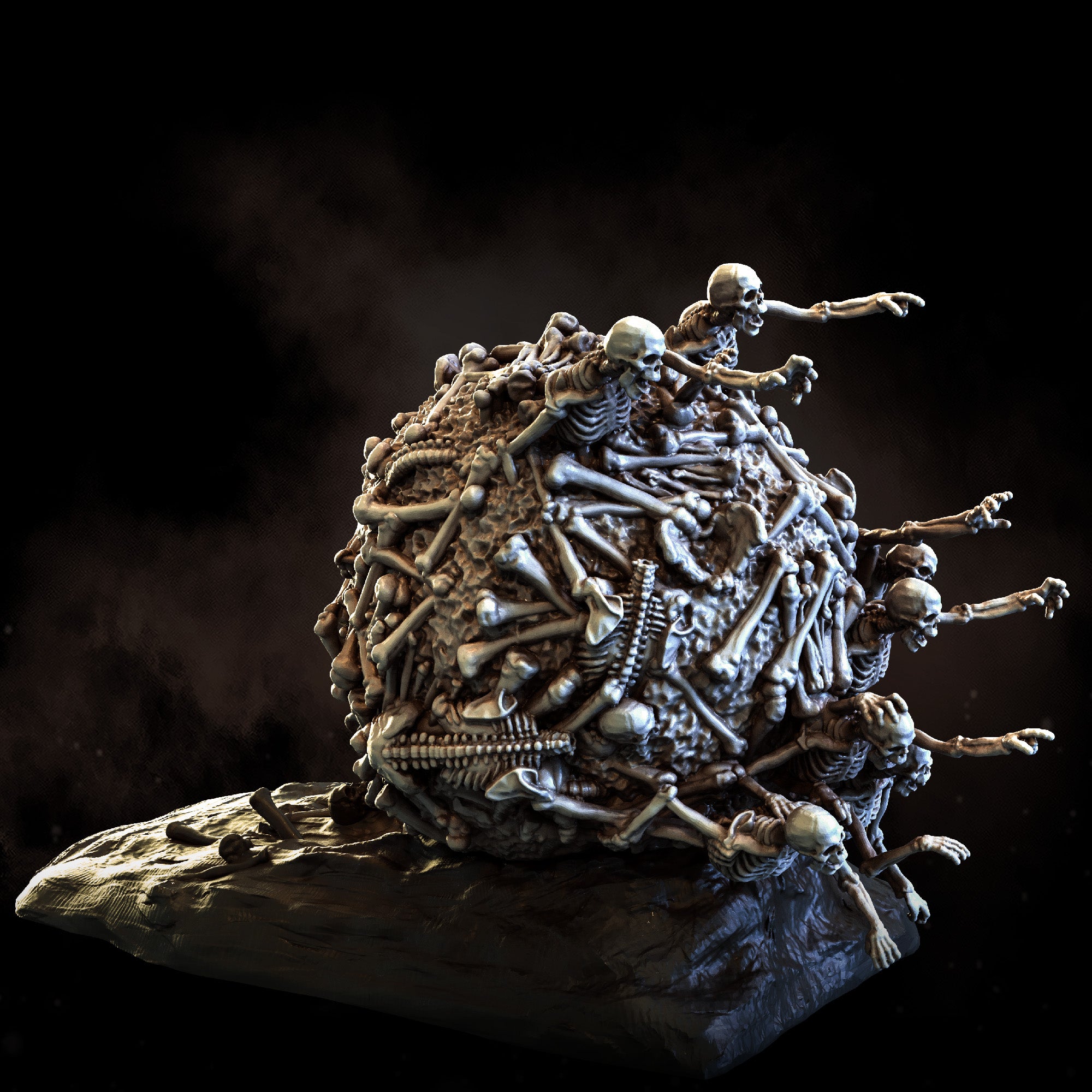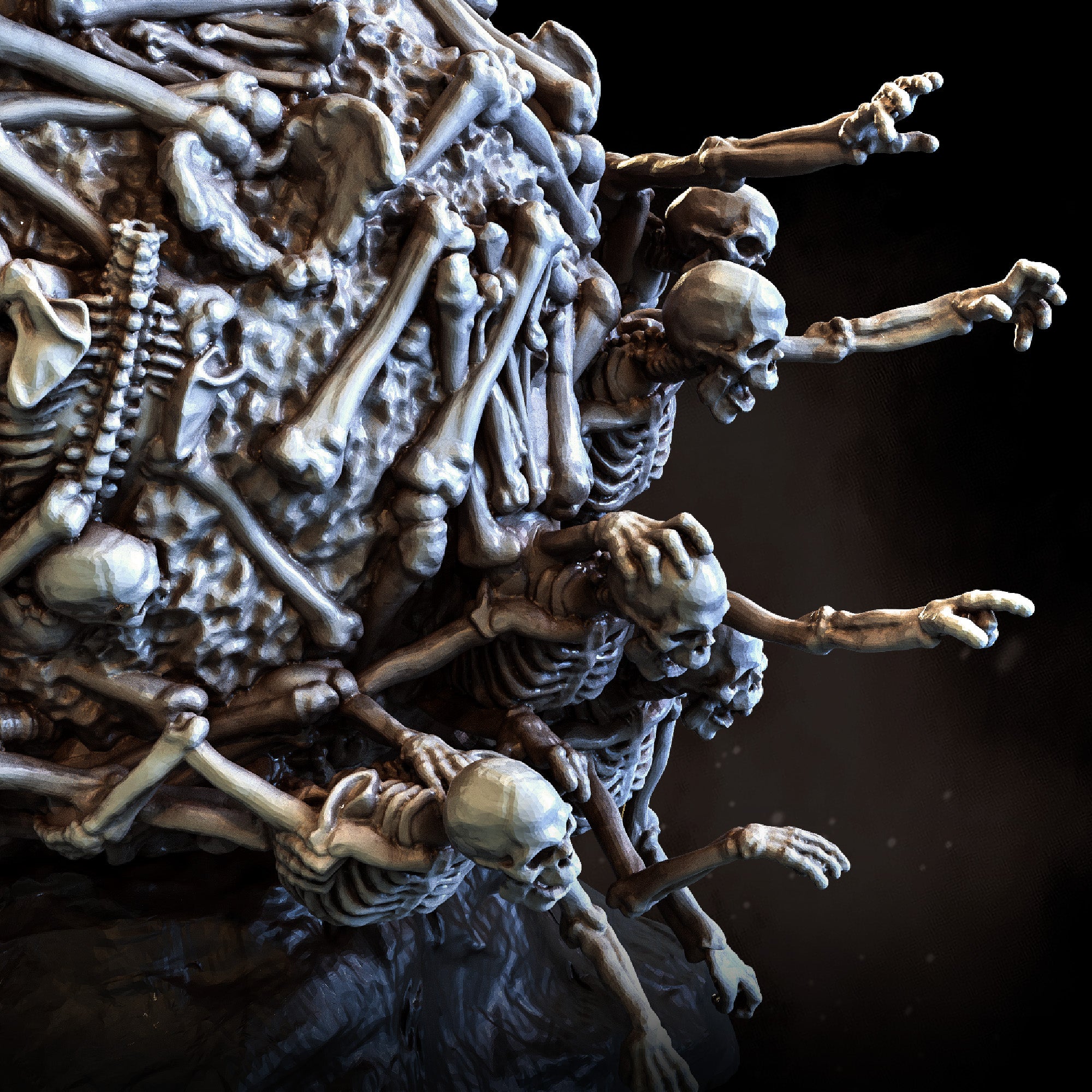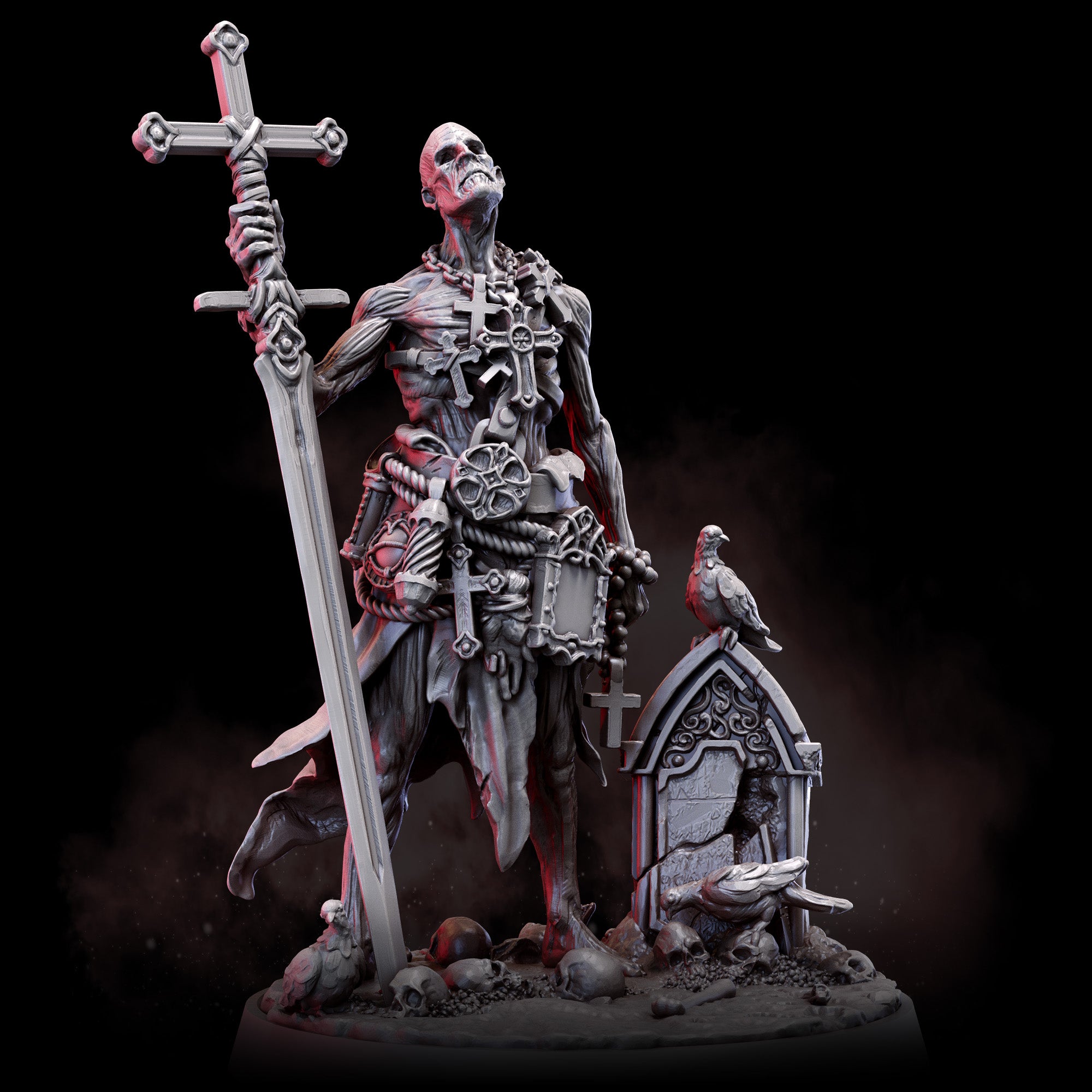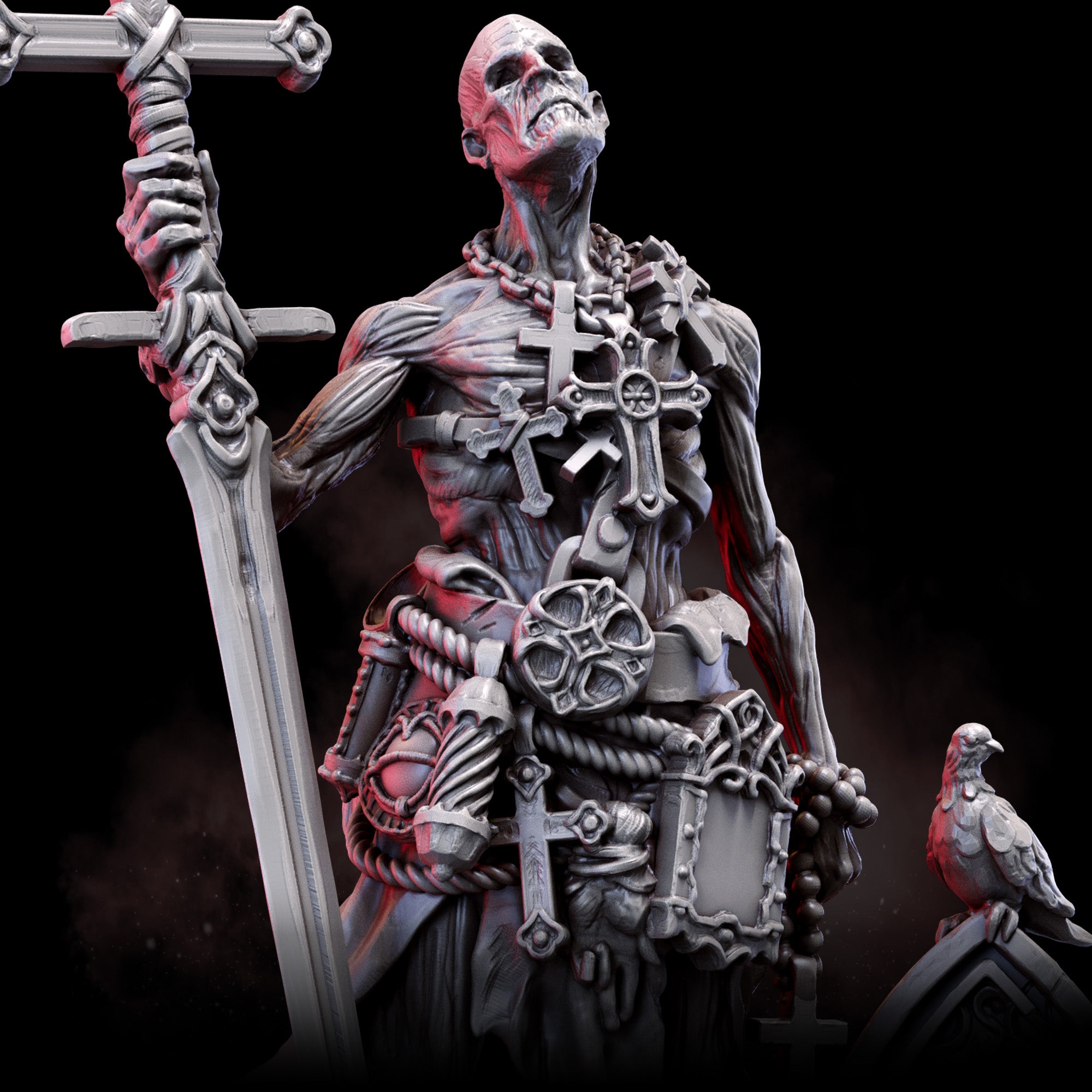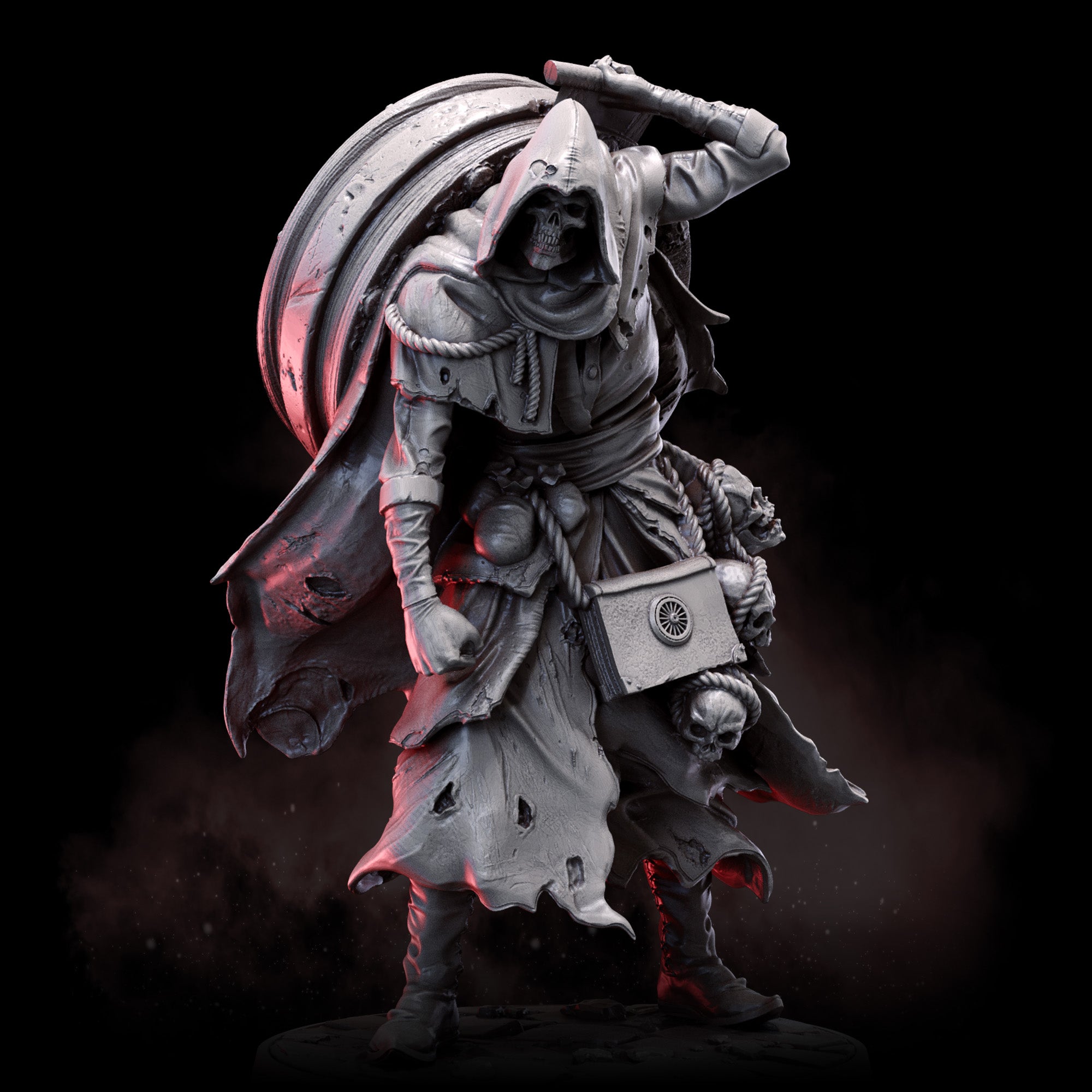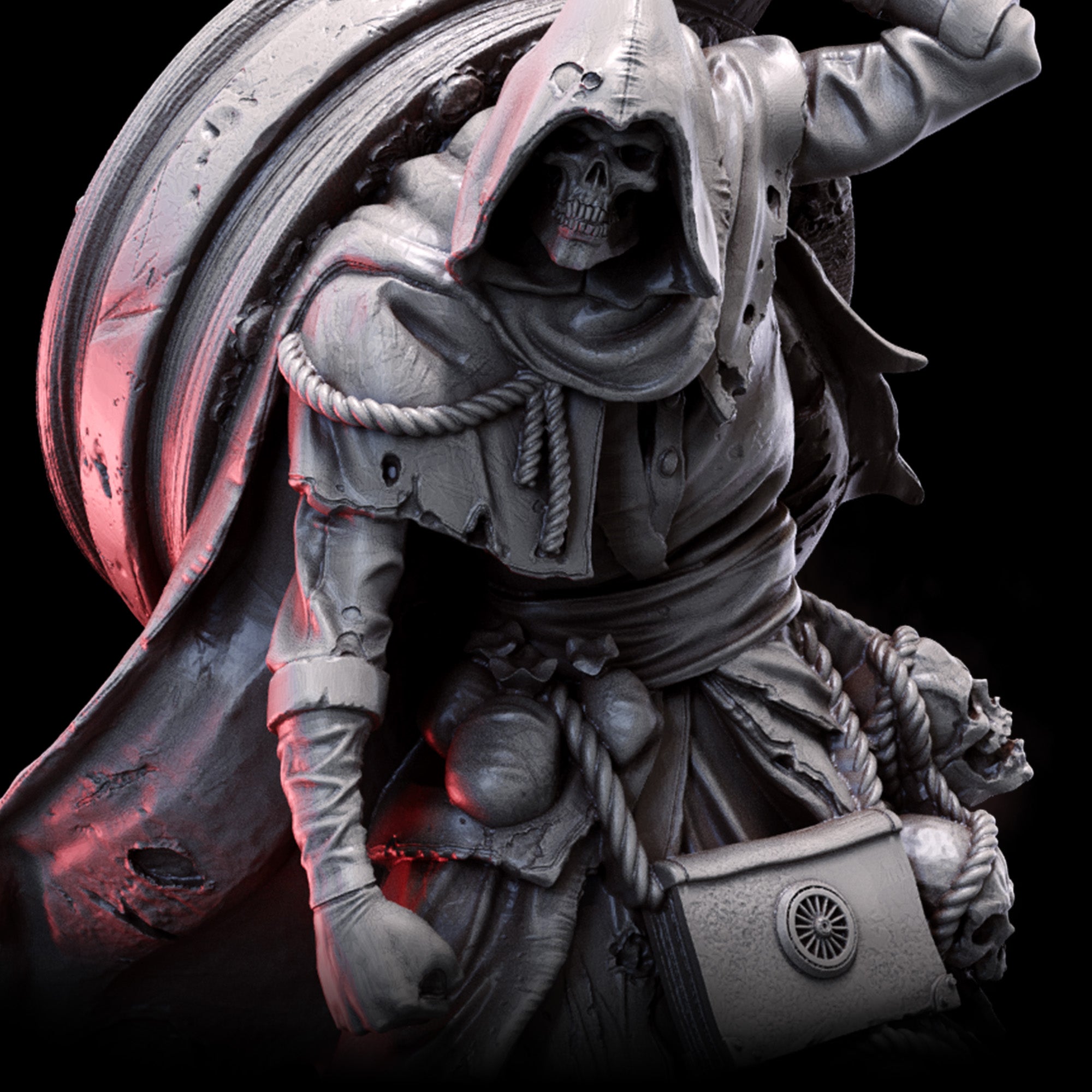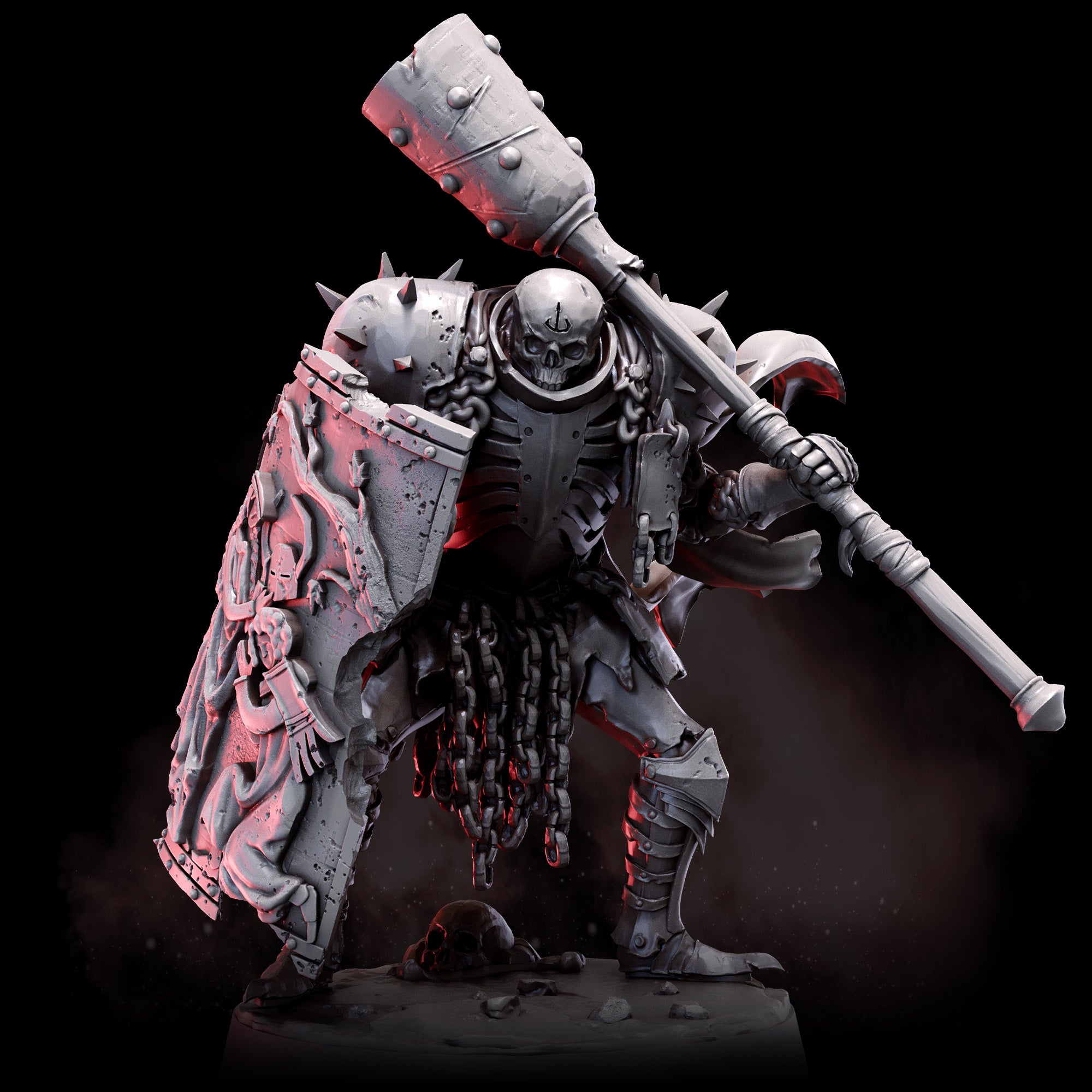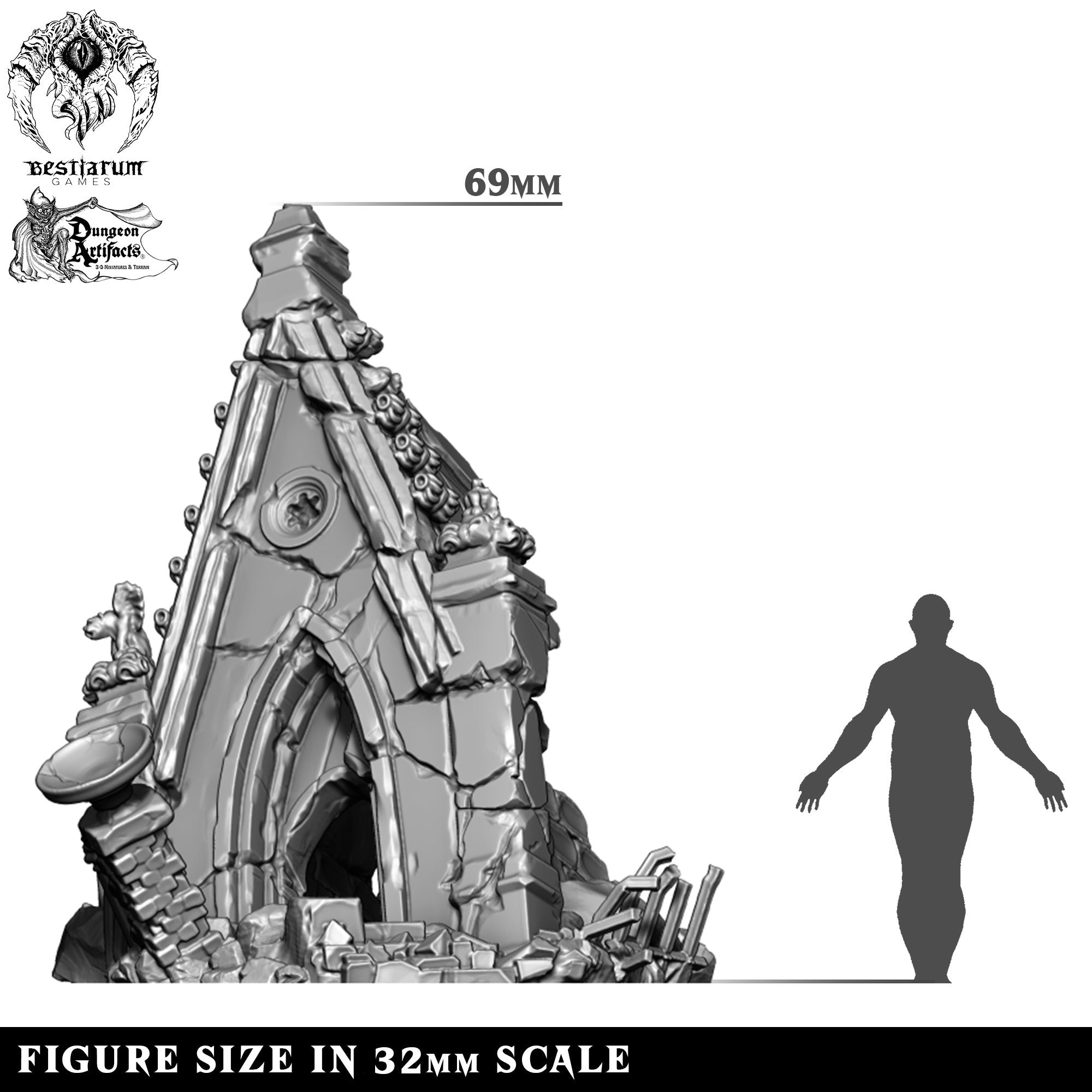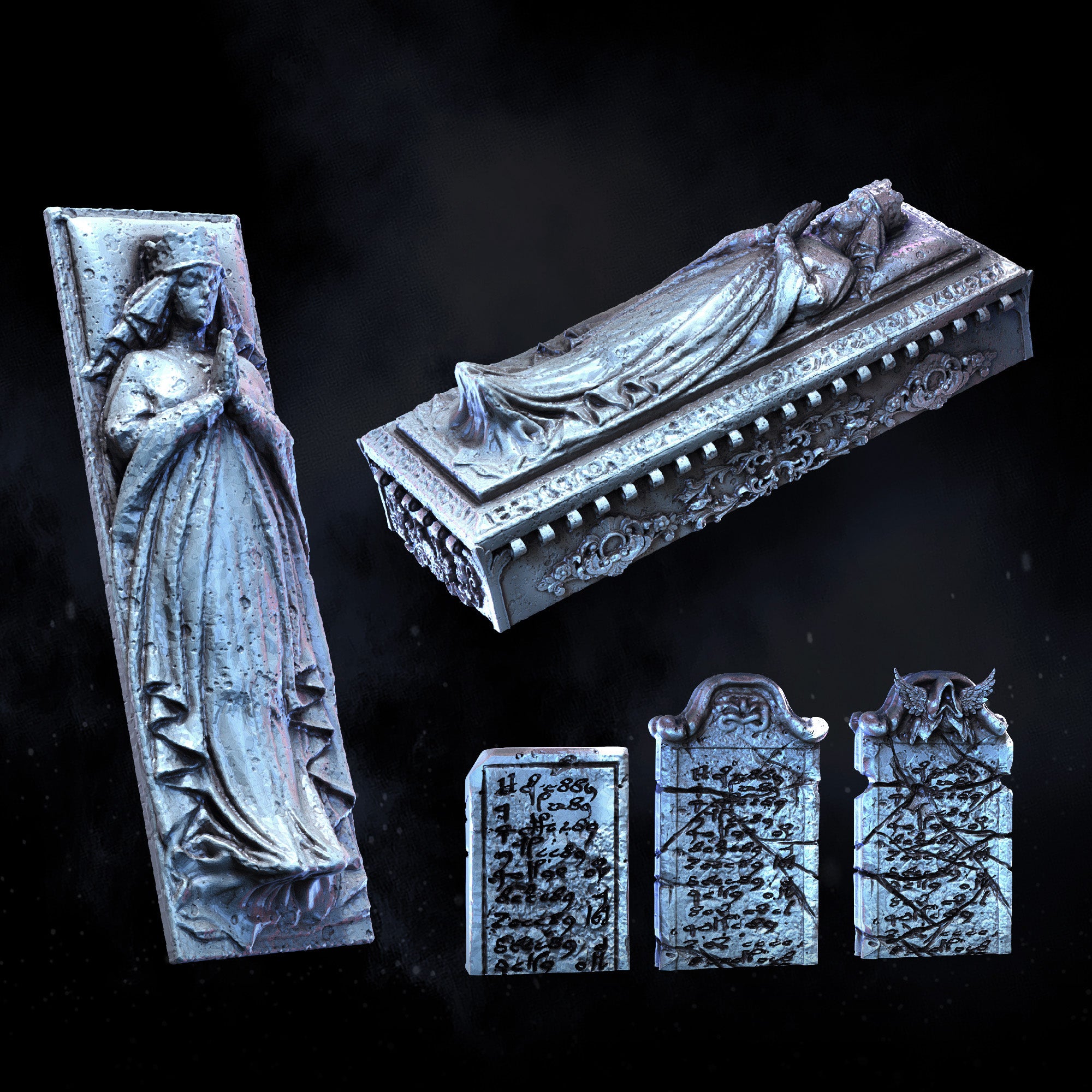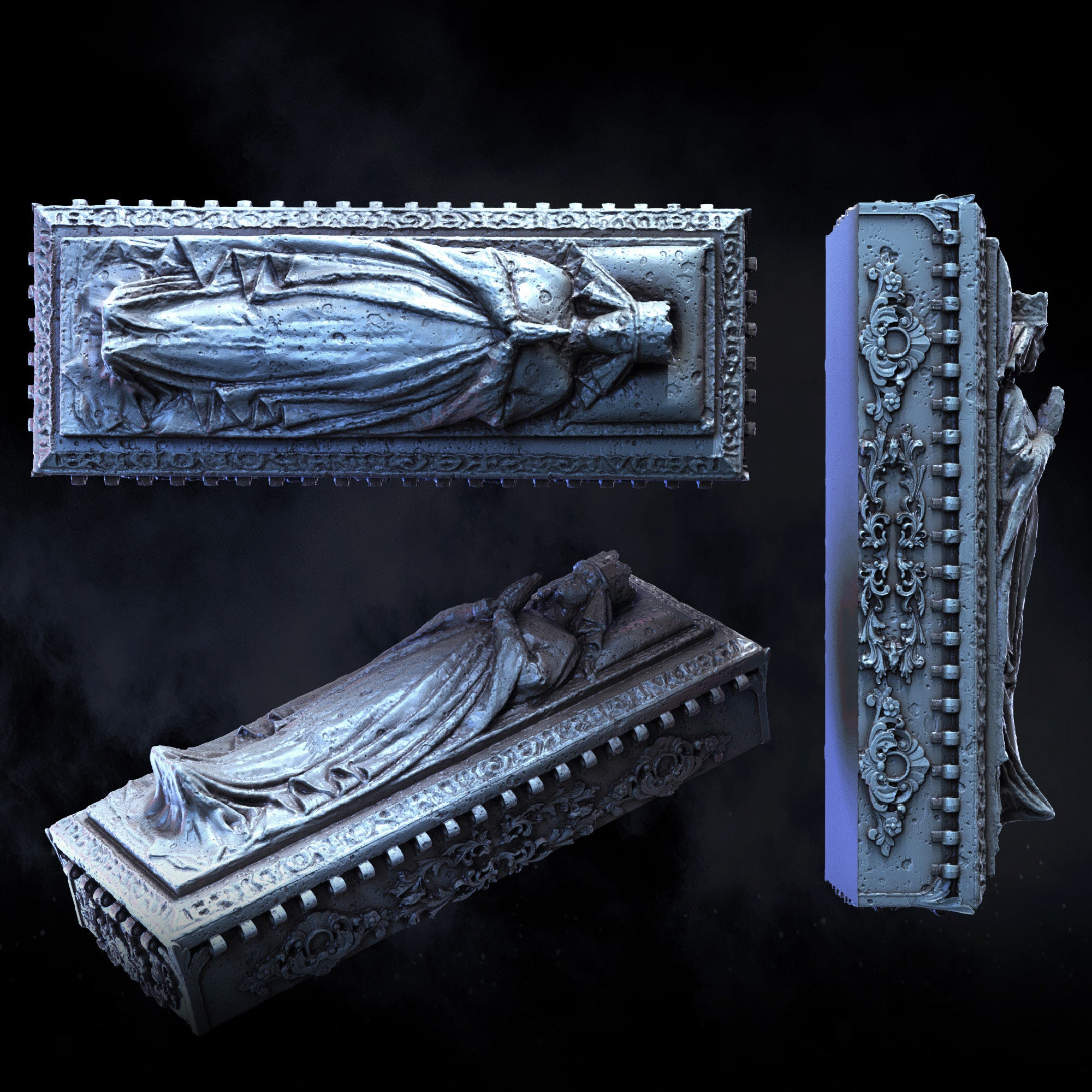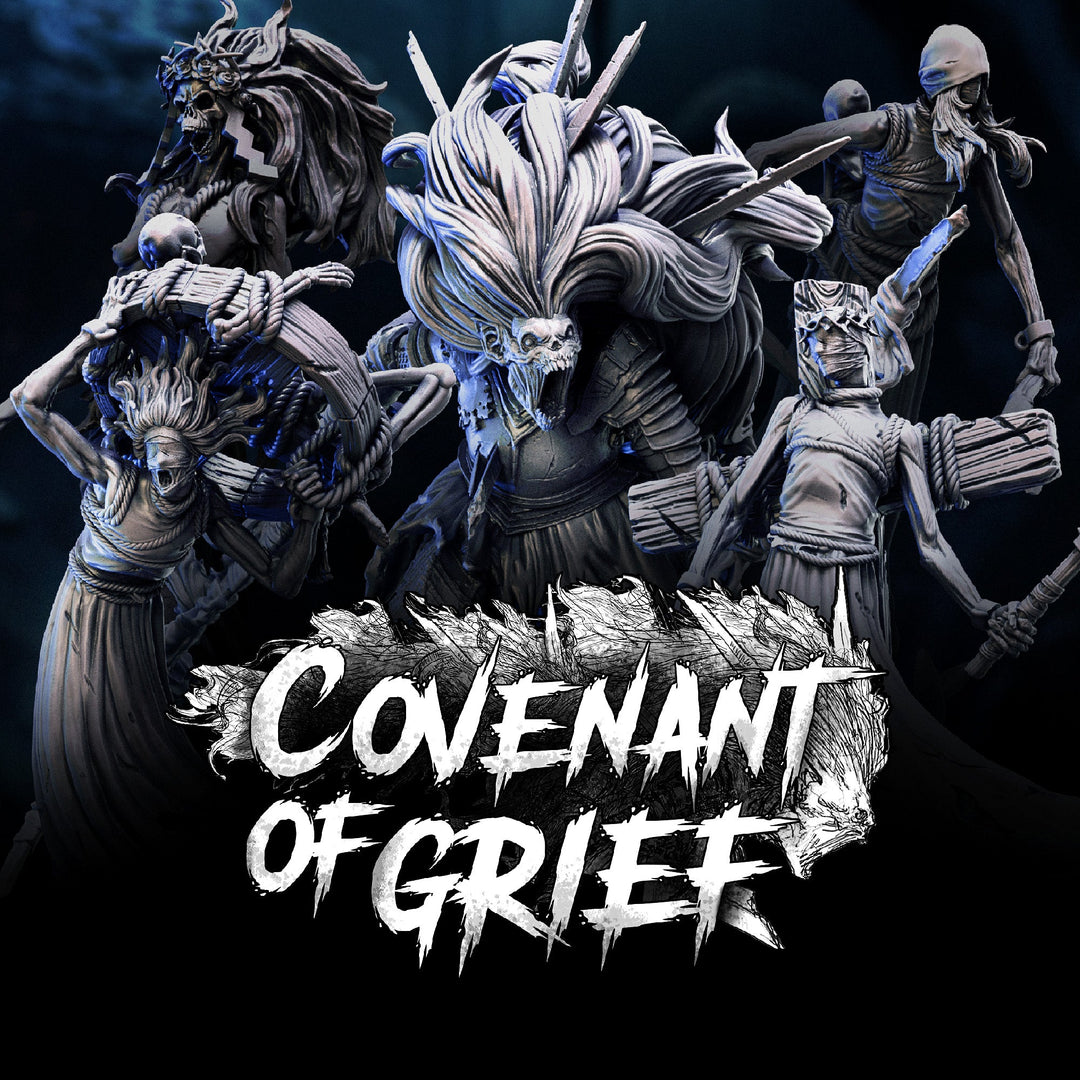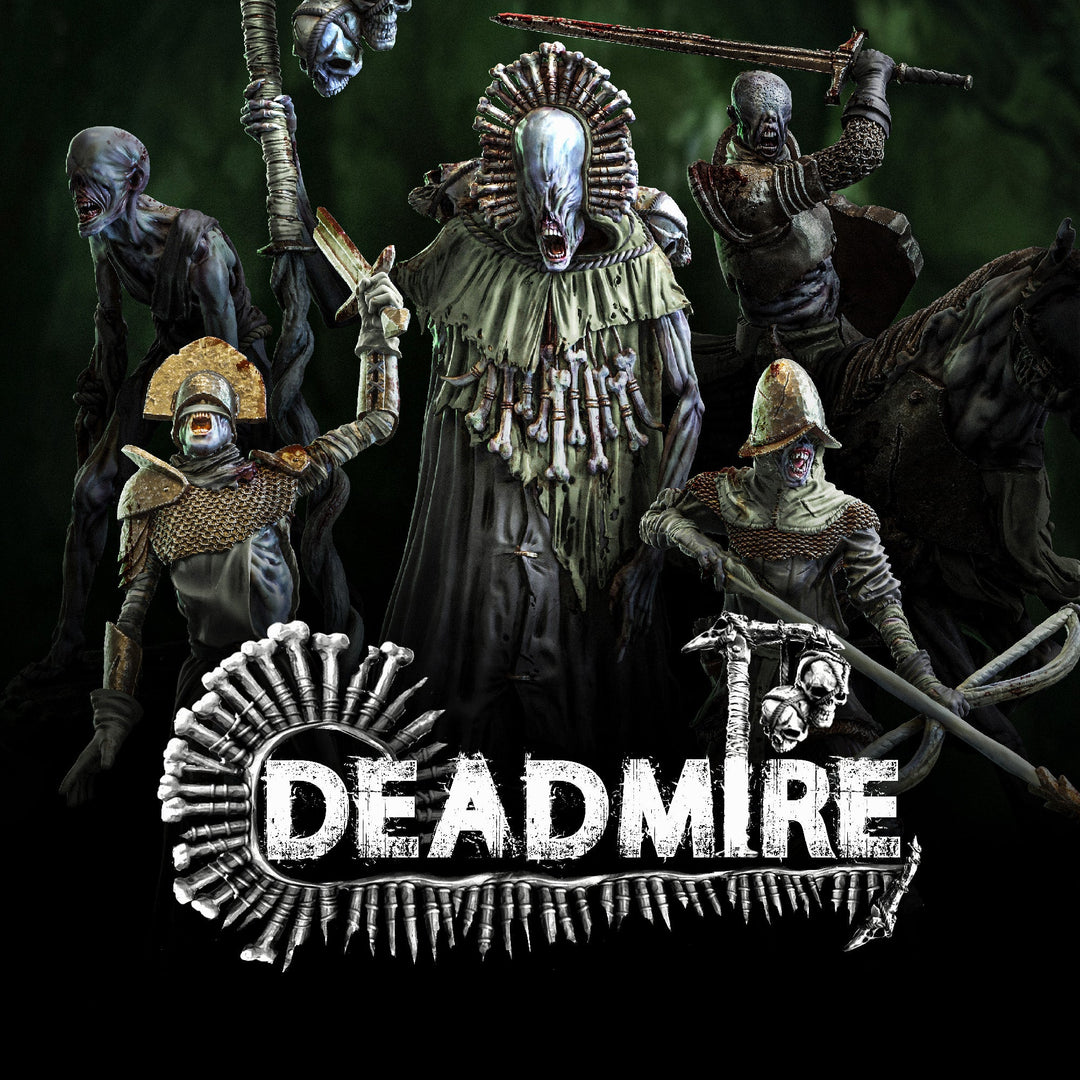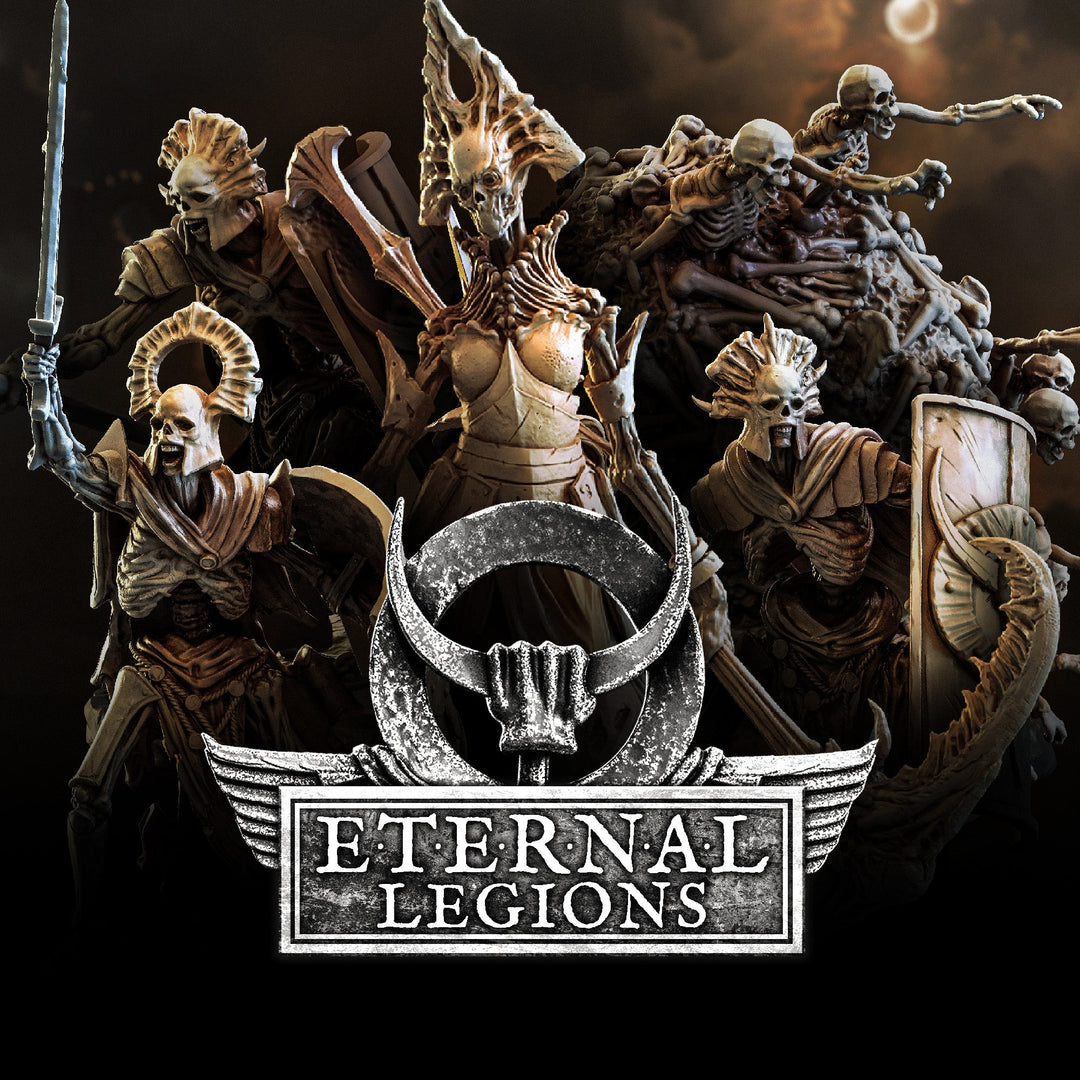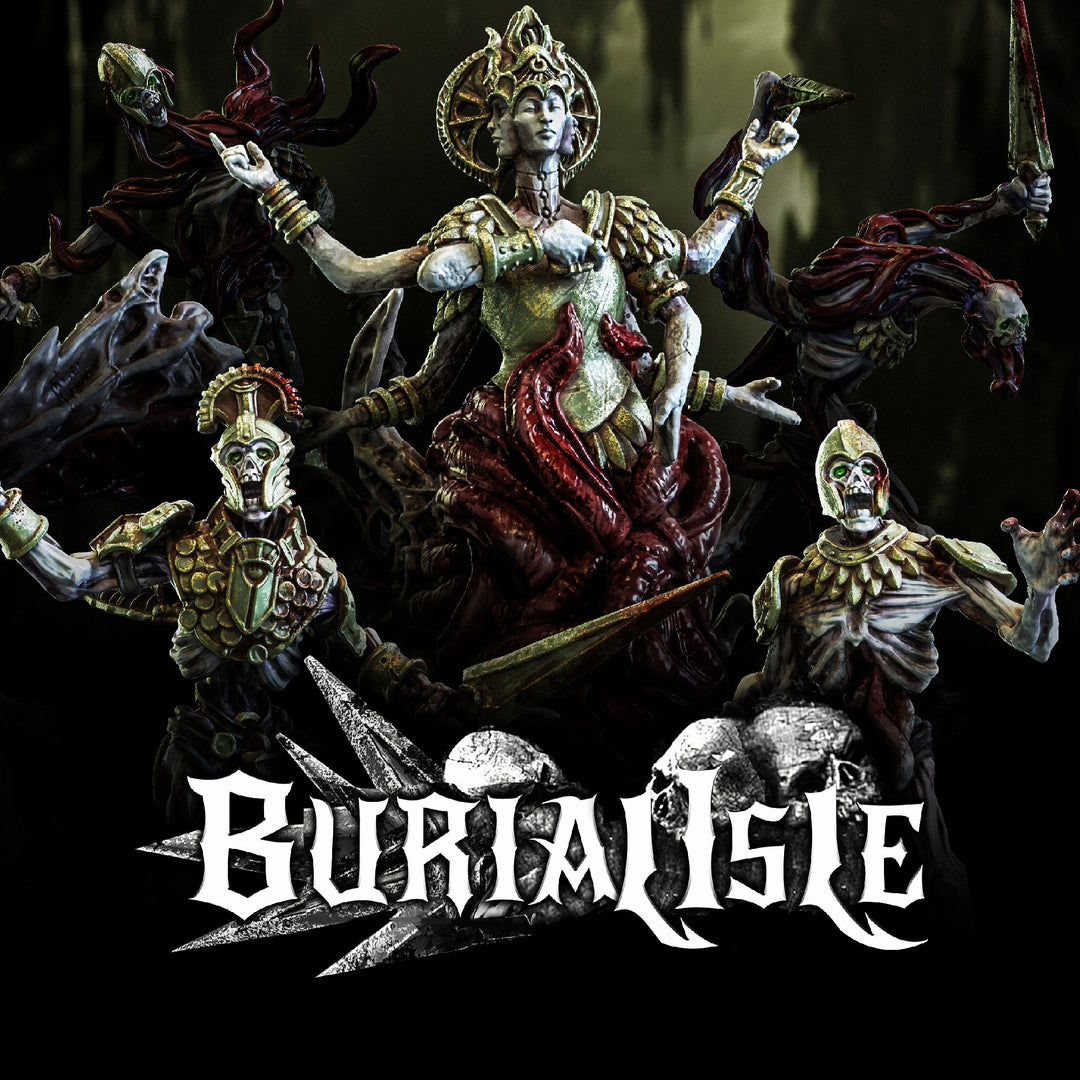
Doaden is a land of violence and privation, and thus, no stranger to death. Most of the fallen are left to rot where they fall, unmarked, unmourned, forgotten. But not all. Some lives are laid to rest with reverence or fear. Great graveyards litter the Empire and its broken frontiers, vast and hallowed in their silence. From moss-choked ossuaries to ruined tomb-cities and barrow fields that stretch for miles, these necropolises rise where settlements once stood, or where ancient wars left too many dead to bury deep.
These are not quiet places. Beneath cracked stone and rusted effigy, these graveyards churn with latent power, threads of memory, grief, and rage that linger long after flesh has rotted. The dead do not sleep easily here. Necromancy, that most reviled of arts, feeds upon the residue of death like a parasite. With will and wicked insight, a necromancer may rouse the forgotten, bind them, and drive them forth, souls uprooted from rest, conscripted into hateful service. Each act rending the veil between what was, and what ought remain undisturbed.

Necromancy is condemned in all corners of the Empire. Not only for the profanation of the soul, but for the horrors it has unleashed. Whole regions have been lost to the dead: the bitter mirelands of the Deadmire, where sunken settlements drown in lurching cadavers; the sorrow-cracked noble house now returned as the Covenant of Grief, its legacy of sorrow returned in lambent ether; and the whispered name of the Sepulchrite, a title never spoken aloud without dread. These are not isolated tragedies, they are patterns. A rot that festers wherever memory grows thick in the soil.
It is said the grave remembers what the world forgets. Some believe the dead seek only to be left in peace. But others say peace is a lie, and death is a crucible, not a conclusion. There are sects, small, secretive, oft heretical, that venerate undeath as purity. That call the soul a resource, not a sanctity. And for every cult that is burned out by Witch Hunters or purged by crusaders, another festers in the shadows, drawn to old battlegrounds, ancestral vaults, or forgotten plague pits where the veil is most thin.











